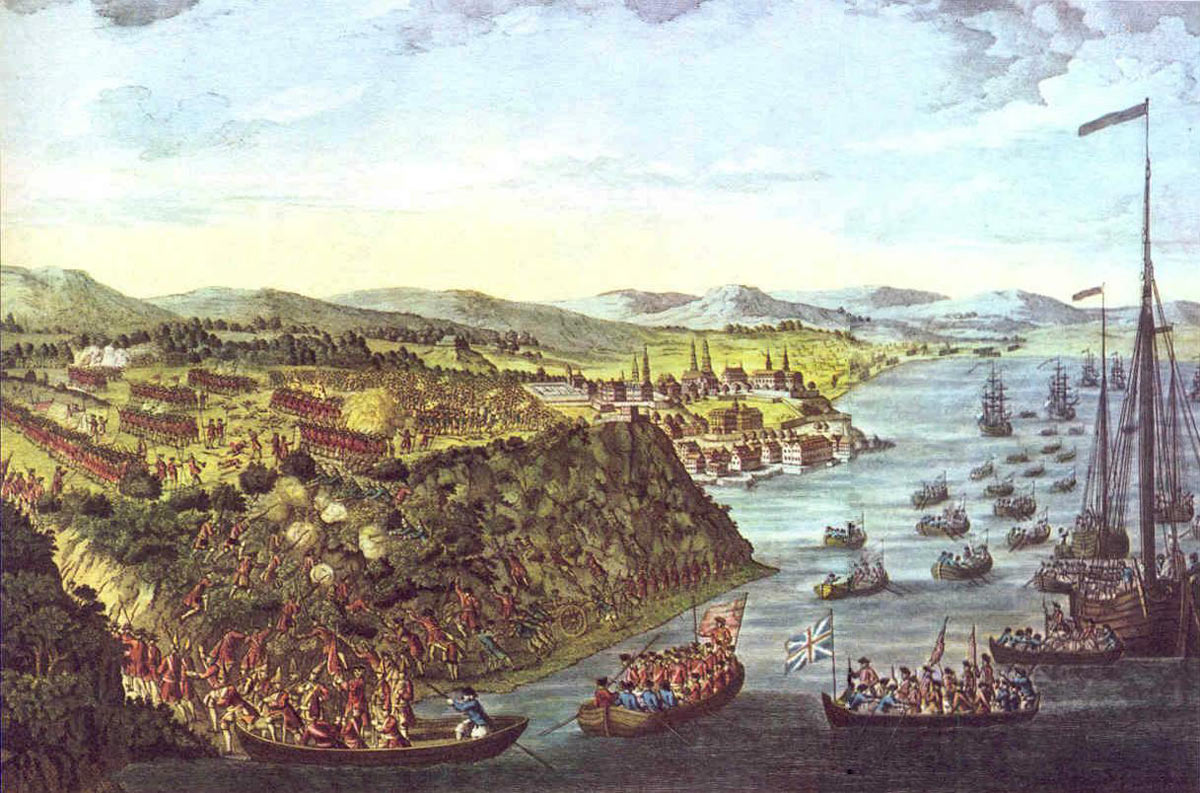Get Today in Masonic History into your Inbox. Sign up today for one of our email lists!
Need an article for your Trestleboard/Newsletter see our Use Policy
Alexander Colville, 7th Lord Colville of Culross is Born

Today in Masonic History Alexander Colville, 7th Lord Colville of Culross is born in 1717.
Alexander Colville, 7th Lord Colville of Culross was a Scottish Vice-Admiral in the Royal Navy.
Colville was born in Dundee, Scotland on February 28th, 1717. At the age of 15 he volunteered for Royal Navy.
In 1739, Colville was present at the sieges of Portobelo, Panama and Cartagena, Colombia during the War of Jenkins' Ear. The war between the British and Spanish was so named due to a false report the ear of the captain of a British merchant ship, Robert Jenkins, was presented in front of Parliament to begin the war. One year into the war, which lasted from 1739 until 1748, Colville was given his first command HMS Leopard. It is reported under his command the Leopard captured or destroyed many enemy ships.
In 1757, during the Seven Years War, Colville was stationed out of Canada. Now in command of the HMS Northumberland he was to be involved in the attack on Louisbourg, a battle postponed when the British squadron was scattered by a hurricane blowing through the area. Later Colville was temporary promoted to Commodore and put in charge of the squadron until a replacement commanding officer could be sent from England. In 1758, after Colville's replacement arrived, he was put back in command of the Northumberland to take part in the Siege of Louisbourg.
After a brief trip to England, where he spent the winter of 1758 and 1759, Colville returned to Canada, still in command of the Northumberland, he took part in the siege of Quebec. After the siege, Colville was promoted again to commodore, this time the promotion was permanent and he was made Commander-in-Chief in the North America.
In the spring of 1760, Colville led his squadron to the Gulf of St. Lawrence. It was there he observed the surrender of New France, the name the French had given Canada, to the English. Colville then dispersed his fleet and returned to his headquarters in Halifax.
In late 1760, Colville was meant to be relived of his post so he could return to England and new duties. Because of communication issues, Colville had already sent his replacement back to England with French prisoners. Colville then had to wait until his replacement returned before he could be relieved. Because of this, Colville was able to attend the Burying the Hatchet Ceremony taking place in 1761. The ceremony marked the cessation of the seventy-five years of hostilities between the British and the Mi'kmaq tribe. In wasn't until 1763 when Colville made it back to England where he was promoted to Rear-Admiral and made Port Admiral of Plymouth.
Colville's position in England was short lived. He was appointed back to the North American Station in 1763. He remained there for three more years which created a record for the longest serving commander of the station.
Colville passed away in Scotland on May 21st, 1770.
It is an important to note, although Colville's service is often overlooked his service to history has become increasingly important. Colville documented many of the important events of the time in letters which he sent to fellow naval officers, politicians and members of the Royal Family, including the King. Letters the Colville had sent continue to this day to show up in antique shops and other locations giving further insight into the events of his day.
Colville was the first initiate in St. Andrew's Lodge No. 1 in Halifax, Nova Scotia in 1749. The following year he became the Worshipful Master of "2nd Lodge of Boston" which he represented at every meeting of the Provincial Grand Lodge of North America until he was made Deputy Grand Master.
This article provided by Brother Eric C. Steele.

